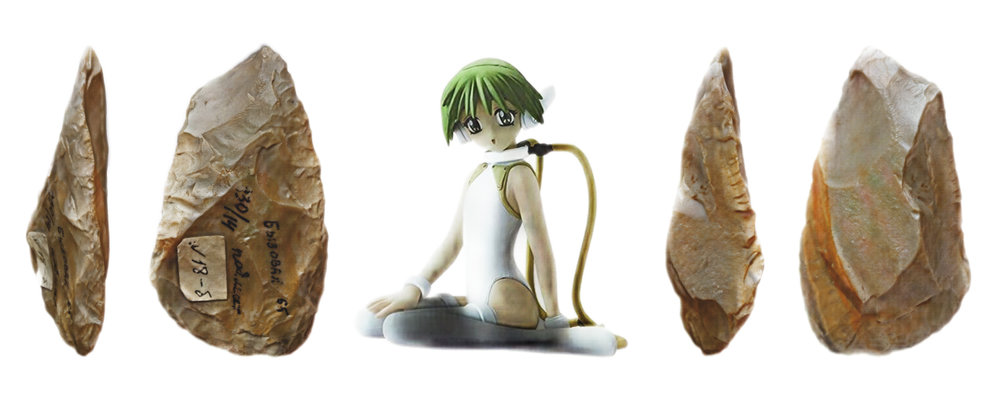Impossible Bottle, 2018.Digital poster based on photography of plastic toys, text, and logos.Mock-up of Impossible Bottle at the FCT NOVA.About
A public artwork commissioned by the library of the NOVA School of Science and Technology (FCT NOVA) on the National Day of the Sea. The work included an exterior banner at the entrance of the library and a label with an accompanying text:
“Impossible Bottle follows in the tradition of culture jamming to envision a mock environmental campaign ad in a dystopian world. In this alternate history, marine organisms have begun to transform into “fake fish,” suggesting a paradox in which the menace is not the suffocation of wildlife in a sea of plastic but the interiorization of plastic’s perenniality by life itself, turned into a simulation: props or toys that slowly replace life from the inside. The work seeks to both instill a sense of impending doom about the irreversible ecological impact of plastics and reflect on the nature and limits of the visual and textual language we use to articulate this massive phenomenon in institutional and activist contexts—often in streamlined messages resembling those of advertisement, which target individual consumers instead of the means of production themselves. The logos at the bottom worldbuild a larger narrative in which various scientific and civil society institutions, with their own (and perhaps conflicting) agendas, come together to deal with the plastification of ocean life.”
/Uma obra de arte pública encomendada pela biblioteca da FCT NOVA no Dia Nacional do Mar. O trabalho incluiu um poster exterior colocado na entrada da biblioteca e uma etiqueta com um texto que o acompanhava:
“Garrafa Impossível integra-se na tradição do culture jamming, imaginando uma falsa campanha de conscientização ambiental num mundo distópico. Nesta história alternativa, os organismos marinhos estão a transformar-se em ‘peixes falsos’, sugerindo um paradoxo no qual a ameaça não é o sufocar da vida selvagem num mar de plástico, mas a interiorização da perenidade do plástico pela própria vida, transformada em simulação: adereços ou brinquedos que lentamente a substituem por dentro. O trabalho procura incutir um sentimento apocalíptico em relação ao impacto ecológico irreversível dos plásticos, bem como refletir sobre a natureza e limites da linguagem visual e textual que usamos para articular esse fenómeno massivo em contextos institucionais e ativistas—muitas vezes em mensagens simplificadas como as da publicidade, que visam consumidores individuais em vez dos meios de produção. Os logotipos na parte inferior constroem uma narrativa mais abrangente, na qual várias instituições científicas e da sociedade civil, com diferentes (ou mesmo contraditórias) agendas, se reúnem para lidar com a plastificação da vida oceânica.”

